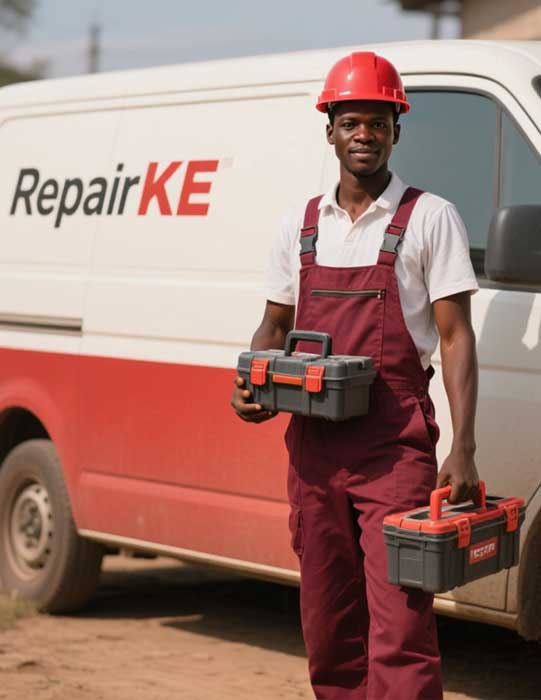For outdoor enthusiasts who spend extended periods camping, keeping clothes clean can be a significant challenge. Camping washing machines have emerged as practical solutions for maintaining hygiene and comfort while enjoying the great outdoors. These specialized appliances are designed to deliver effective cleaning performance while addressing the unique constraints of camping environments.
Key Characteristics
Camping washing machines are fundamentally defined by their portability and compact design. Unlike conventional household models, these units prioritize lightweight construction and minimal dimensions, making them easy to transport in vehicles, RVs, or even backpacks for more rugged adventures. Most camping washers weigh between five and fifteen pounds, with capacities ranging from two to ten pounds of laundry per load.
The construction materials reflect their intended use, typically featuring durable plastics that can withstand outdoor conditions while remaining light enough for frequent relocation. Many models incorporate weather-resistant components to handle exposure to moisture, dust, and temperature variations common in camping settings. The simplified mechanical design reduces potential points of failure, ensuring reliability when far from repair services.
Power and Energy Options
One of the most distinctive features of camping washing machines is their diverse power options. Many models operate entirely without electricity, utilizing manual cranks or foot pedals to generate the agitation needed for cleaning. These hand-powered versions are ideal for remote locations where electrical access is unavailable, requiring only human effort and water to function effectively.
For campers with access to power sources, portable electric models offer enhanced convenience. These machines typically run on low voltage systems, compatible with RV batteries, solar panel setups, or portable generators. Power consumption is remarkably efficient, often using less than 200 watts, making them suitable for off-grid camping scenarios where energy conservation is critical.
Some innovative designs incorporate dual-power capabilities, allowing users to switch between manual and electric operation depending on available resources. This versatility ensures continued functionality regardless of camping conditions or power availability.
Washing Mechanisms and Functions
Despite their compact size, camping washing machines employ various cleaning mechanisms to achieve satisfactory results. The most common designs include agitator-based systems that mimic traditional washing machine action on a smaller scale. These units feature internal paddles or fins that rotate to create friction between clothing items and soapy water.
Other models utilize tumbling barrel designs, where clothes are placed in a rotating drum that lifts and drops garments through cleaning solution. This gentler approach works well for delicate fabrics and reduces wear on clothing during the washing process.
Many camping washers incorporate separate wash and spin cycles, though in simplified forms compared to household machines. The spin function removes excess water through centrifugal force, significantly reducing drying time in outdoor conditions where air-drying is the primary option.
Water Efficiency and Drainage
Water conservation is paramount in camping situations, and these machines reflect this priority through highly efficient designs. Most models require only one to three gallons of water per load, compared to the fifteen to thirty gallons used by standard machines. This efficiency allows campers to wash clothes using limited water supplies from containers, streams, or campground facilities.
Drainage systems are straightforward, typically featuring hose attachments that direct wastewater away from the washing area. Some models include built-in drainage spouts that eliminate the need for additional plumbing connections. Users should always follow Leave No Trace principles by using biodegradable detergents and disposing of greywater appropriately at designated disposal sites.
Additional Features
Modern camping washing machines often include thoughtful features that enhance usability in outdoor settings. Transparent lids allow users to monitor the washing process without interrupting cycles. Non-slip bases prevent movement during operation on uneven surfaces. Collapsible designs enable even more compact storage when not in use.
Timer functions help users track washing duration, while multiple washing modes accommodate different fabric types and soil levels. Some premium models incorporate filtration systems that remove lint and debris from wash water, extending the life of both the machine and clothing.
Camping washing machines represent a practical convergence of portability, efficiency, and functionality. By addressing the specific needs of outdoor living, these appliances enable campers to maintain cleanliness and comfort during extended adventures without sacrificing the mobility and simplicity that define the camping experience.






